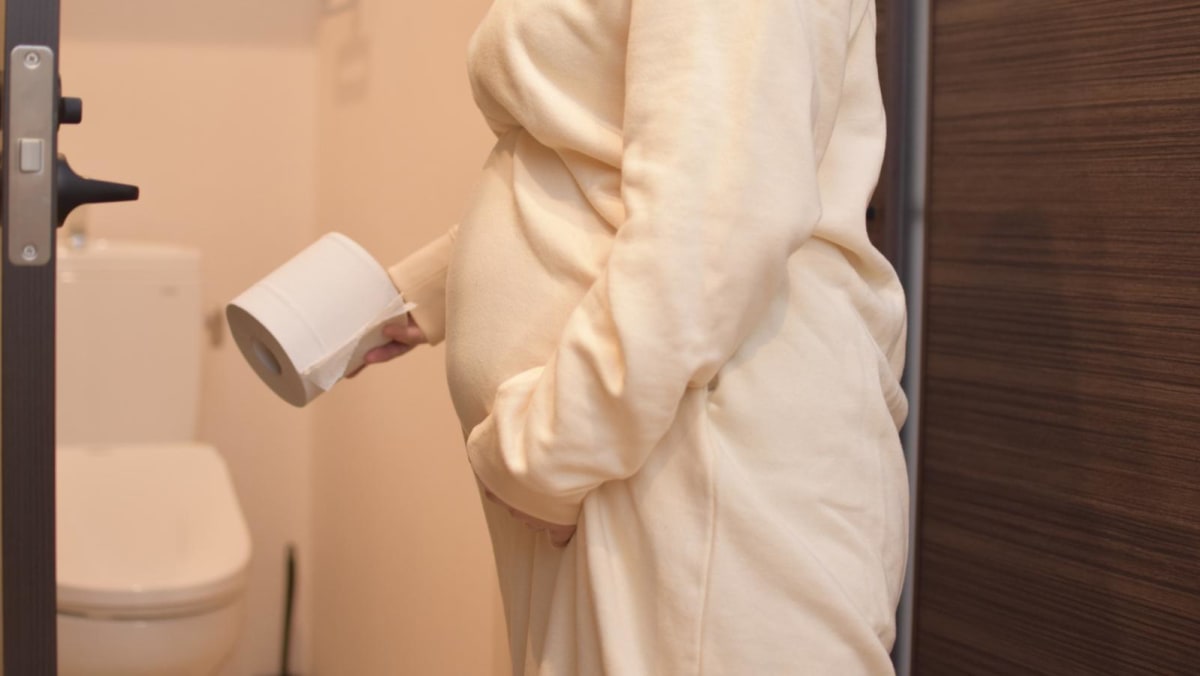He added that international studies estimate that 25 to 35 per cent of pregnant women are affected by piles. In certain populations, up to 85 per cent of women have haemorrhoids in their third trimester.
Dr Ho explained that the development of haemorrhoids during pregnancy is primarily due to the physiological and physical changes that occur. This includes hormonal effects, as progesterone, an essential pregnancy hormone, relaxes smooth muscles, including those in blood vessels. This results in a weakening of vein walls, making them more susceptible to swelling.
“Progesterone also relaxes the smooth muscle of the intestines or bowel, leading to slow bowel movements,” she told CNA Women. “This allows the body more time for nutrients and water absorption, resulting in hardening of the food waste (stool), making it hard to pass during bowel movements. Straining during bowel movements can worsen or lead to haemorrhoids.”
Additionally, pregnancy significantly increases blood volume to support the growing foetus. This, coupled with the expanding womb and increasing foetal weight, can lead to increased pressure on pelvic veins, causing them to swell further.
Some women may also experience haemorrhoids after childbirth due to the strain of labour and delivery, particularly with prolonged pushing during vaginal childbirth, Dr Ho added.
FIBRE, WATER AND EXERCISE TO PREVENT PILES
It’s possible to have piles with no symptoms. However, when they do appear, they range from mild to severe.
Common symptoms are anal itching, irritation, soreness or swelling around the anus; pain or discomfort, especially during bowel movements and/or mucous discharge afterwards; and bleeding during or after bowel movements. Women could also have a lump outside the anus (prolapse haemorrhoid) with or without intense pain, said Dr Ho.
She recommended seeking medical advice if there is severe pain or discomfort, persistent or worsening bleeding, an abnormal lump at your anus area, or prolapsed haemorrhoids that do not reduce on their own.
To reduce the possibility of piles, Assoc Prof Tan offered simple tips such as taking adequate fibre (fruits and vegetables or a fibre supplement) and drinking lots of water to ensure that constipation and straining are avoided during bowel movements.
Regular exercise can also help to reduce the risk of constipation, he added.
